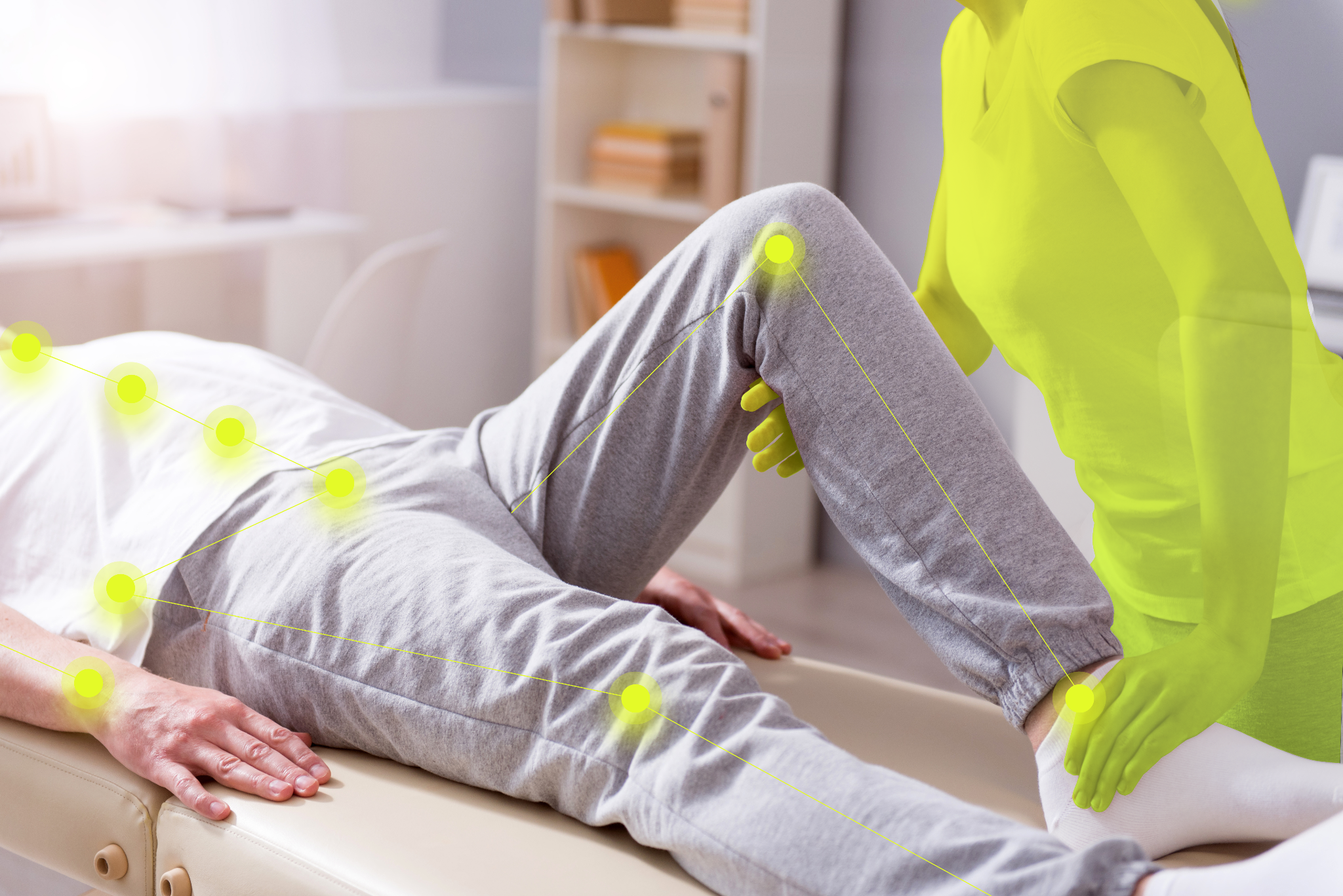Starting January 1, 2026, providers using Remote Therapeutic Monitoring (RTM) will have access to new, more flexible CPT codes. These changes are a big step forward in supporting scalable, digital-first rehabilitation models—and they align perfectly with Kemtai’s mission to make high-quality physical therapy accessible, engaging, and efficient. In this post, we’ll break down what’s changing, what it means for digital MSK and rehab care, and how Kemtai is built to help you take full advantage.

What Are the 2026 RTM Code Changes?
The American Medical Association’s CPT Editorial Panel and CMS have approved several new and revised RTM codes that go into effect on January 1, 2026. These changes make RTM billing more realistic, more granular, and more accessible.
New RTM Codes
- 98XX4 / 98XX5: RTM device supply codes for when patients collect data for 2–15 days (instead of the current 16-day minimum)
- 98XX7: New treatment management code for 10–19 minutes of interactive communication per month
Revised Existing Codes
- 98976–98978: Clarified as requiring 16–30 days of data collection
- 98980 / 98981: Updated to reflect shorter, more flexible time increments for provider interaction and care management
Note: CMS has proposed reimbursement rates for these new codes, with 10–19-minute treatment management (98XX7) reimbursed at approximately $26 and 2–15-day device supply (98XX5) around $40.
Why These Changes Matter for Digital MSK and Rehab
These updates mark a turning point in how digital therapeutic platforms can be integrated into care pathways:
1. More Flexibility for Real-World Usage
Not every patient collects data every day—and that’s okay. The new 2–15-day supply codes mean providers can still be reimbursed even when patient engagement is intermittent or variable.
2. Support for Shorter, More Frequent Check-ins
Previously, RTM treatment management required at least 20 minutes of interaction per month. The new codes lower that threshold to 10 minutes, enabling scalable, proactive care that doesn’t overburden providers or patients.
3. Better Alignment with Digital Tools
The revised language around device supply and therapeutic interaction better accommodates platforms like Kemtai that provide:
- Real-time feedback on exercise performance
- Asynchronous data collection and monitoring
- Evidence-based digital therapeutic interventions
A Clinical Example of New 2026 RTM Codes in Action
A physical therapist evaluates a patient recovering from a rotator cuff repair. The patient presents with limited shoulder mobility, pain, and apprehension with active movement. After two in-person sessions focused on passive range of motion and early education, the PT prescribes a progressive home exercise program targeting shoulder mobility, scapular control, and eventual strengthening.
To support adherence and track recovery remotely, the PT enrolls the patient in Kemtai, a computer vision-enabled platform classified as a medical device by the FDA. Kemtai provides real-time corrective feedback using the patient’s own device, monitors joint angles and body positioning, and collects self-reported data such as pain and difficulty.
The PT customizes the Kemtai care plan to align with post-op protocols, educates the patient, and confirms safe, competent usage through a supervised demo. Kemtai begins tracking data immediately, offering insight into adherence, movement quality, range of motion, and patient-reported progress.
In month 1, the patient completes 18 days of Kemtai-guided activity. The PT spends a total of 36 minutes on RTM management activities, including reviewing performance data, modifying the home program, sending secure messages, conducting a brief video check-in, and updating the care plan. By the end of the month, the patient reports decreased pain and increased confidence with movement.
In month 2, the patient completes activities on 16 days. The PT spends 47 minutes on RTM management—analyzing range of motion trends, adjusting exercise progression, and conducting follow-up communication via messaging and a virtual visit. These updates are used to fine-tune scapular control and introduce functional mobility drills. The patient demonstrates continued improvement and expresses high satisfaction with their progress.
In month 3, the patient completes 14 days of recorded activity. With discharge approaching, the PT spends 16 minutes reviewing Kemtai data, finalizing a long-term home exercise plan, and sending educational messages to support self-management after discharge.
Monitoring occurs across 3 calendar months (85 days total), with 99 total minutes of RTM activity, including clinical review, care adjustments, documentation, and patient communication.
Billing Estimates
Month 1:
- 98975 – RTM device set-up and patient education (after 16+ days of monitoring) — $19
- 98977 – Device supply for 16–30 days of activity — $49
- 98980 – RTM management services (36 minutes) — $55
Month 2:
- 98977 – Device supply for 16–30 days of activity — $49
- 98980 – First 20 minutes of RTM management — $55
- 98981 – Additional 27 minutes of RTM management — $43
Month 3:
- 98XX5 – Device supply for 2–15 days of activity — $40
- 98XX7 – RTM management services (10–19 minutes) — $26
Approximate Reimbursement Across 3 Months: $336
How Kemtai Helps Providers Maximize the Value of RTM
At Kemtai, we’ve designed our computer vision–powered digital physical therapy platform to integrate seamlessly into clinical workflows and RTM billing models. With Kemtai, you can:
- Track adherence and performance with AI-driven precision, even during unsupervised sessions
- Document interactive communication time with built-in messaging and coaching features
- Identify patients eligible for RTM billing (even if they’re only engaging for a portion of the month)
- Engage patients at scale—without sacrificing clinical quality
Whether you’re managing post-surgical rehab, chronic MSK conditions, or preventive care, Kemtai’s platform supports efficient, measurable, and billable digital therapy.
The Future of Reimbursable Digital Therapy Is Here
The 2026 RTM code changes send a clear message: CMS and CPT stakeholders are embracing digital care. These updates validate the role of virtual rehabilitation platforms and open the door for broader adoption by health systems, outpatient clinics, and digital health companies alike. If you’re a provider or organization looking to modernize your rehab programs—or finally unlock the full potential of RTM billing—Kemtai is here to help.
Ready to get started? Let’s talk about how Kemtai can help you implement digital MSK care that’s scalable, and reimbursable. Feel free to reach out to info@kemtai.com to hear the insights we’ve gathered.


